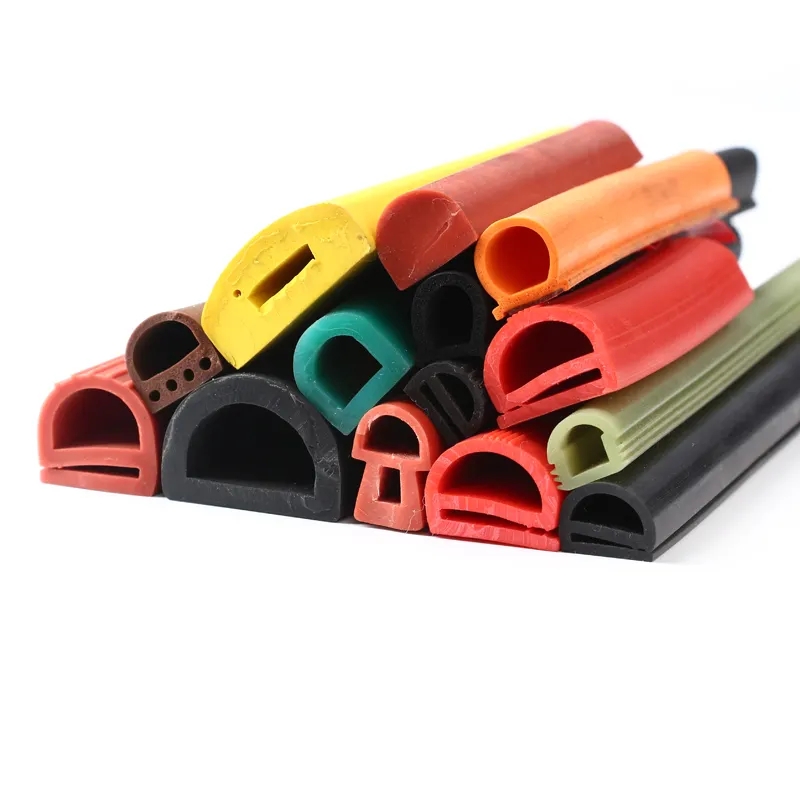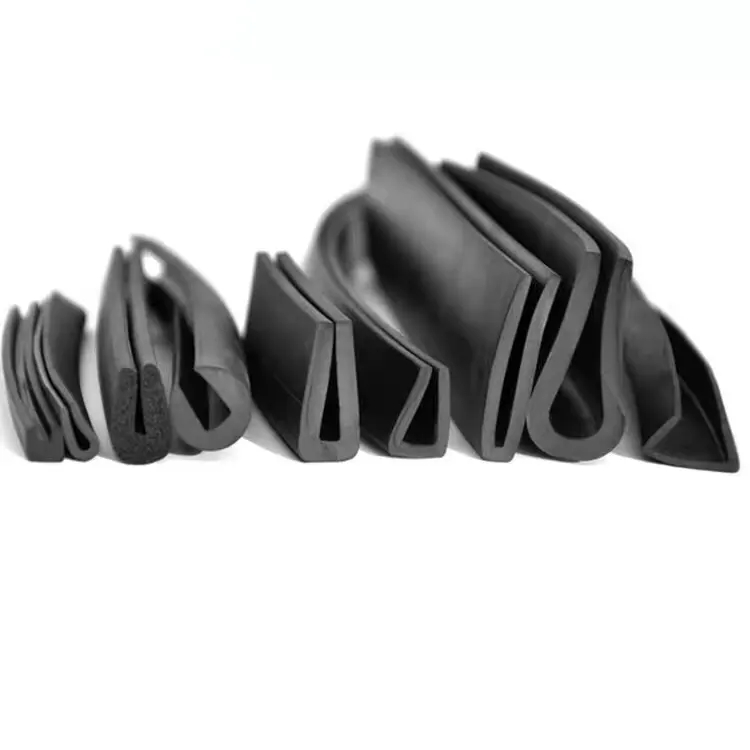Rubber Seal Strips: The Guardians of Longevity and Eco-Sustainability
Introduction:
In the world of longevity and eco-sustainability, rubber seal strips take on the role of guardians, ensuring that structures, products, and machinery stand strong over time while championing eco-friendly principles. This article explores the world of rubber seal strips, unveiling their critical role in different industries and emphasizing their significance in maintaining longevity and advancing eco-sustainability.
Diverse Material Selection:
EPDM, Neoprene, Silicone: Rubber seal strips are available in various materials, each with unique attributes. EPDM excels in weather resistance, neoprene in chemical resistance, and silicone in flexibility and high-temperature tolerance.
Customization for Precision:
Rubber seal strips can be tailored to fit specific dimensions and shapes, ensuring a precise seal for windows, doors, machinery, and more.
Effortless Installation with Adhesive Backing:
Many rubber seal strips come with adhesive backing, simplifying the installation process, reducing labor time, and making them user-friendly.
Shapes and Profiles for Varied Needs:
Available in a multitude of shapes, including D-shaped, P-shaped, and more, rubber seal strips cater to diverse sealing requirements across different industries.
Versatile Applications:
Automotive: Rubber seal strips are vital for sealing doors, windows, and hoods, providing noise reduction and effective weatherproofing for vehicles, ensuring longevity and contributing to eco-sustainability in the automotive industry.
Construction: They create watertight and airtight seals in windows and doors, enhancing energy efficiency in buildings, ultimately reducing environmental impact and promoting eco-sustainable construction practices.
Manufacturing: In manufacturing, rubber seal strips reduce vibration and noise in machinery while acting as a barrier against dust and contaminants, fostering longevity and eco-sustainability in manufacturing processes.
Home Improvement: Homeowners benefit from these strips by sealing gaps around windows and doors, leading to improved insulation and energy savings, ensuring longevity and contributing to eco-sustainability in sustainable living.
Key Advantages:
Weather Resistance: Rubber seal strips effectively keep out rain, wind, and other harsh elements, ensuring that products and structures remain protected in all weather conditions, promoting longevity and eco-sustainability.
Noise Reduction: They provide acoustic insulation, creating quieter and more eco-conscious indoor environments, improving the quality of life in both residential and industrial settings, fostering eco-sustainability and longevity.
Energy Efficiency: By sealing gaps and preventing air leakage, rubber seal strips contribute to energy efficiency by reducing heating and cooling costs, ultimately saving money and reducing environmental impact, supporting eco-sustainability and longevity in energy use.
Dust and Insect Barrier: These strips create a protective barrier against dust, pollutants, and insects, ensuring a clean and hygienic environment, promoting eco-sustainability and longevity in cleanliness.
Vibration Dampening: Rubber seals absorb and dampen vibrations, increasing the longevity of machinery and improving overall performance, ensuring longevity and eco-sustainability in manufacturing and machinery operations.
Conclusion:
In conclusion, rubber seal strips are the guardians of longevity and eco-sustainability, addressing a wide range of sealing needs in various industries. Their adaptability, ease of installation, and durability make them the preferred choice for professionals and do-it-yourself enthusiasts alike. Investing in high-quality rubber seal strips not only ensures longevity but also champions eco-sustainability, making them an indispensable component in countless projects.
















